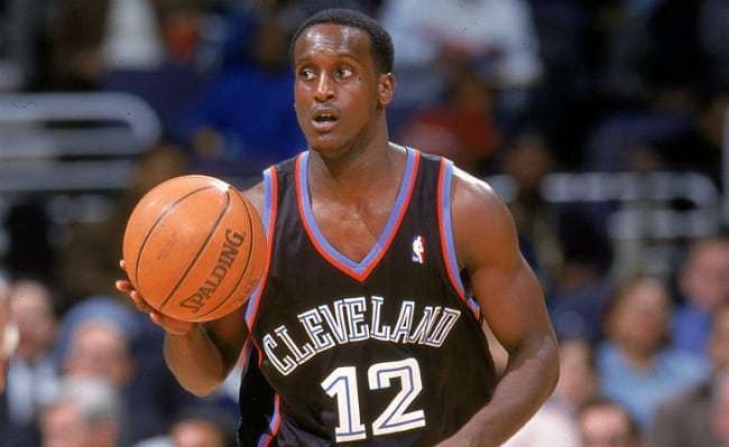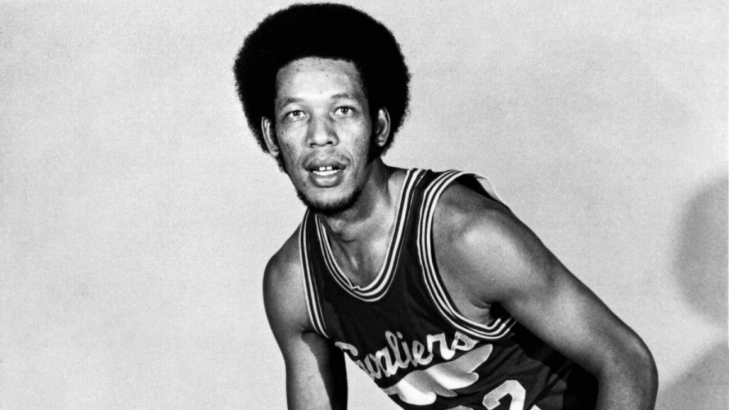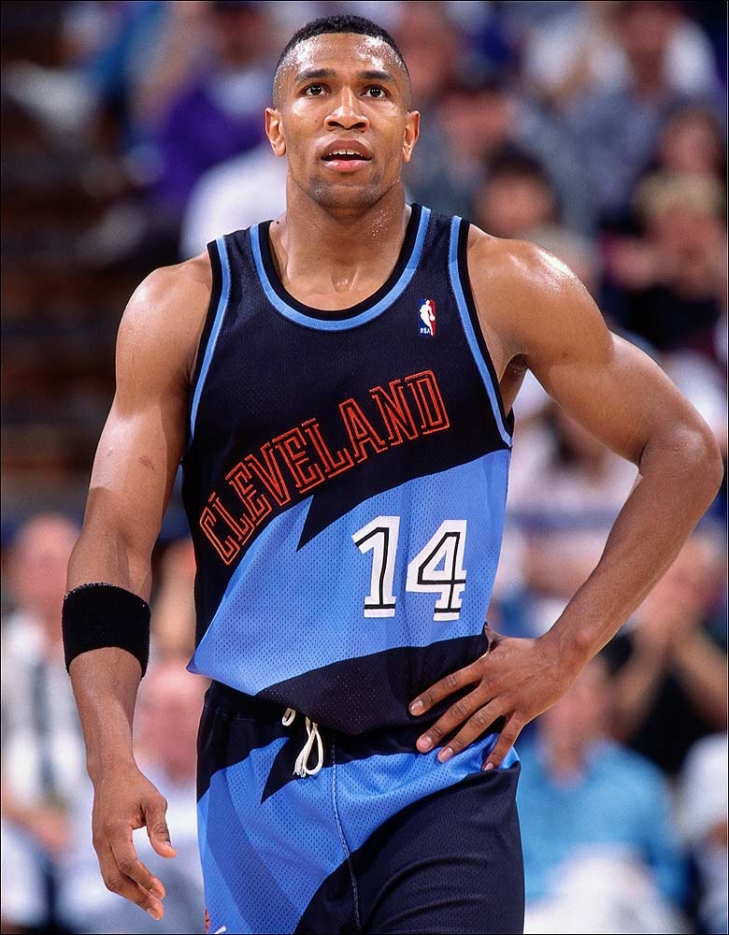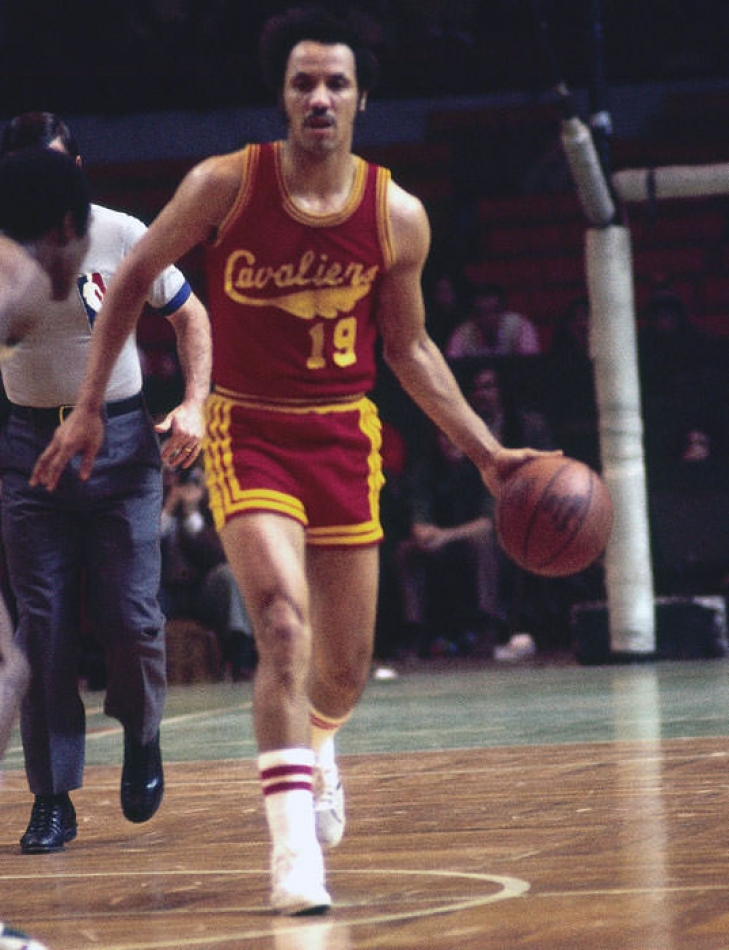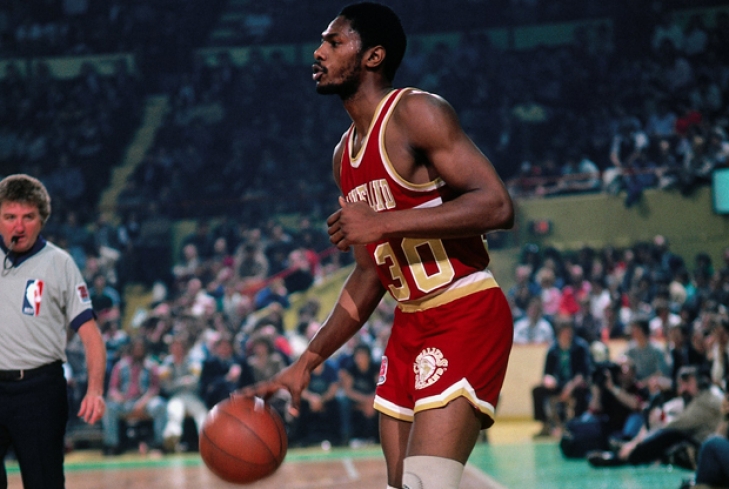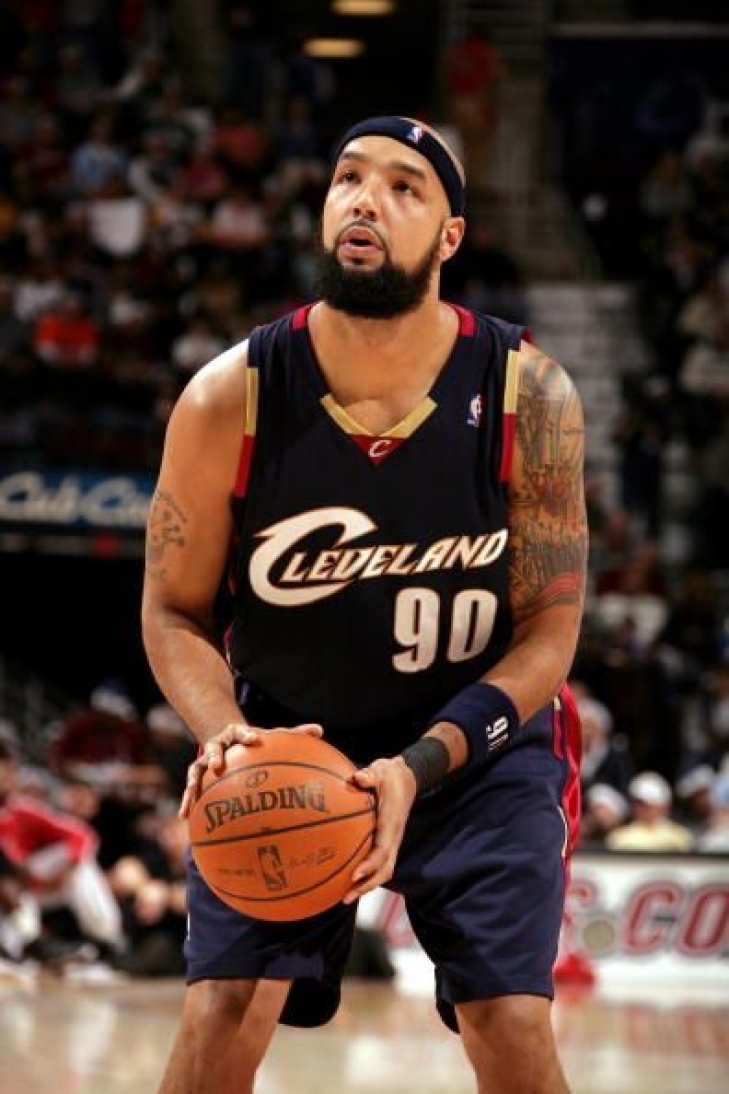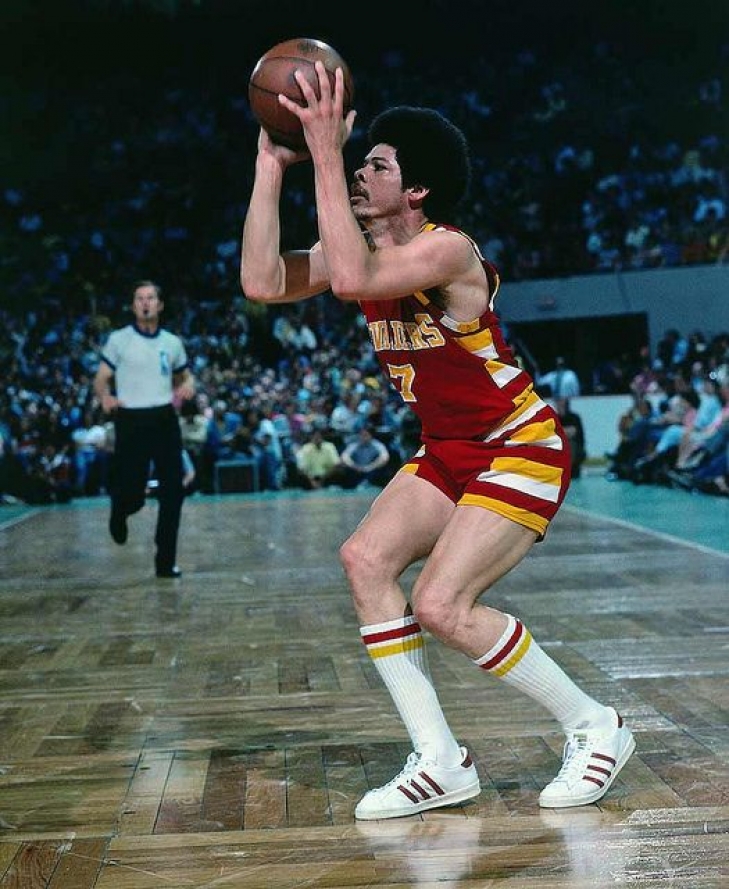39. Brevin Knight
40. John johnson
38. Carlos Boozer
Carlos Boozer would turn out to be a nice surprise as the 35th Overall Pick of the 2002 Draft had a nice rookie season averaging an even 10 Points per Game with a 17.0 PER while earning Second Team All-Rookie honors. Boozer was poised to be the next great Power Forward in the NBA as in his second season he elevated his PER to 20.8 (16th overall) and averaged a double-double with 15.5 Points and 11.4 Rebounds per Game, the latter stat seeing him finish fifth in the league.
37. Bobby Phills
Bobby Phills was drafted in the 2nd Round of the Milwaukee Bucks in 1991, but he never made it to the NBA with them. He would eventually latch on to Cleveland and worked his way into a permanent roster spot with the Cavs where he would be known for his ferocious defensive ability. Phills (who Michael Jordan once called one of the toughest men to defend him) was a Second Team All-Defensive Selection in 1995/96, and he would average 10.5 Points per Game over his 334 games in Cleveland.
44. Roy Hinson
36. Phil Hubbard
33. Mo Williams
Mo Williams played with LeBron James and was one of the best beneficiaries of being a teammate of one of the greatest basketball players of all-time.
34. Lenny Wilkens
Already an eight-time All-Star before he was traded from Seattle, Wilkens would be named to his ninth All-Star Game as he would average 20.5 Points per Game, the second-highest of his career. He was second overall in Assists per Game with an 8.2 Average, and he would also have a career-high of 20.3 in PER. Age would catch up with Wilkens the following year as he dropped to 16.4 Points and 7.1 Assists per Game and his contract would be sold to Portland for what would be his final season as a player.
35. Jim Cleamons
28. Mike Mitchell
27. Jim Brewer
Jim Brewer played his first five and a half seasons in the NBA with the Cleveland Cavaliers where the former Minnesota Golden Gopher (and teammate of future Baseball Hall of Famer, Dave Winfield) and second overall pick of the 1973 Draft would display his defensive prowess.
29. Shawn Kemp
Is this rank too low for the “Reign Man”
Shawn Kemp is correctly most identified as a member of the Seattle SuperSonics but he played three seasons with the Cleveland Cavaliers for three seasons where he put up some excellent numbers.
30. Chris Mills
21. Danny Ferry
After having a great career at Duke where he was the Naismith Player of the Year in 1989 he was drafted by the Los Angeles Clippers second overall which was a mess of a franchise and Ferry elected to play pro in Italy rather play for L.A.'s red-headed stepchild. The Clippers traded him to Cleveland, and while Danny Ferry was far from the star he was at Duke he was an excellent role player with a high basketball I.Q. and was a locker room leader.
26. Foots Walker
Not very much was expected from Clarence “Foots” Walker as he was a 3rd Round Pick from Vincennes University, but he would make the Cavs team as a back-up Point Guard and slowly work his way to becoming their starter in his fourth season with the team. Walker would play six years for Cleveland and would make history as the first Cavalier to score a triple-double.
25. Wesley Person
23. Jim Chones
22. Drew Gooden
When people think of Drew Gooden, they mostly remember him as a journeyman. That is not an inaccurate statement as the Power Forward played for ten teams over his career, but it was with the Cleveland Cavaliers where he had the longest (and arguably most productive) run of his career.
17. Bingo Smith
In terms of overall popularity, especially in the 1970s, Bingo Smith is a top-five selection, and how can anyone named "Bingo" not be?
19. Ron Harper
Ron Harper is best known for winning five NBA Championships, three with the Chicago Bulls and two with the Los Angeles Lakers. He brought those teams a veteran presence and a high basketball IQ, but this was very different than what he was asked to do when he was with the Cleveland Cavaliers.


